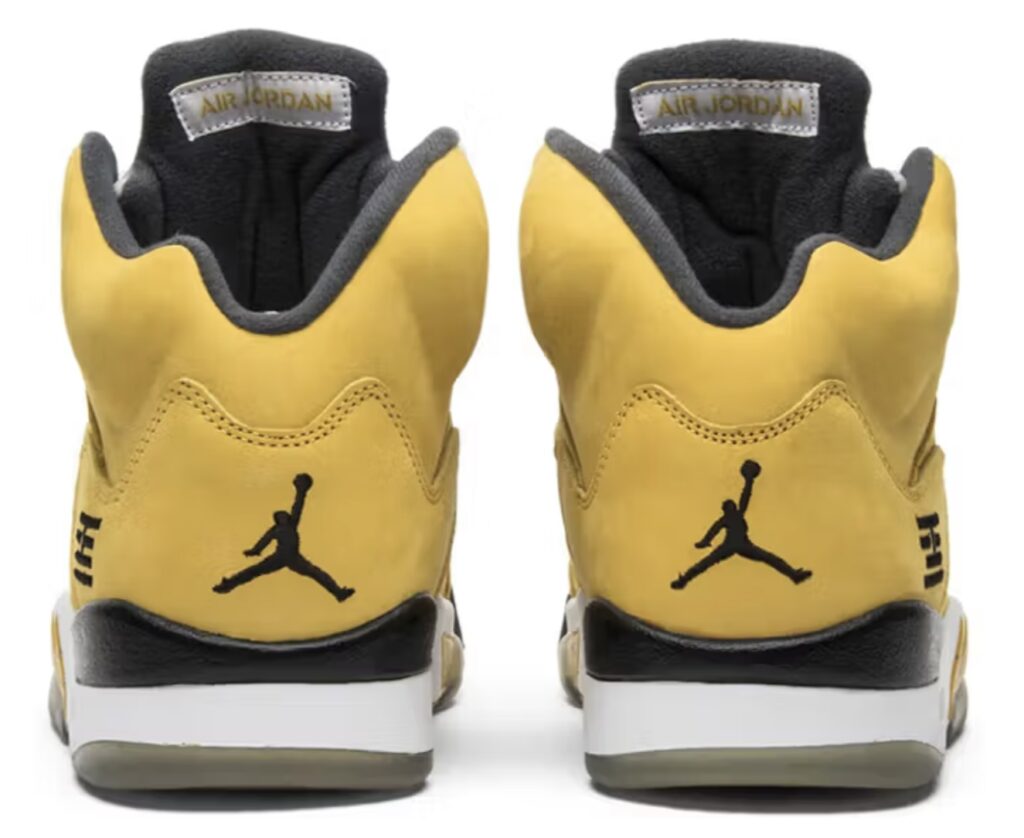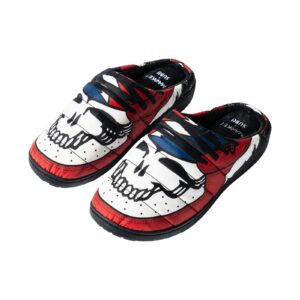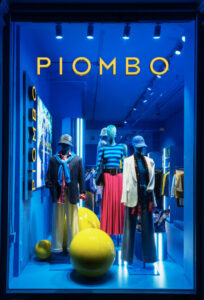The Air Jordan 5 ‘Tokyo’ is one of those shoes that can shift the rhythm of entire timelines with a single flash of yellow. Originally released in 2011, the pair was conceived to celebrate the Jordan Tokyo 23 basketball tournament in Yoyogi Park. For collectors, it was never just another limited drop—it was a cultural artifact. With its bold Varsity Maize suede and the unforgettable kanji-style insignia stitched into the heel, the ‘Tokyo’ AJ5 became a shoe that lived somewhere between myth and memory.
For years, its origin story became muddied. Some swore it was tied to the opening of the Jordan Tokyo 23 concept store in Shibuya, while others insisted it was purely about the tournament. The truth is less about one or the other, and more about the way both moments were bottled into a single release. It represented a fleeting but electrified connection between basketball culture, Tokyo street life, and the Air Jordan legacy.
Now, in 2025—14 years later—Jordan Brand has cracked open the vault to commemorate the AJ5’s 35th anniversary, giving sneakerheads a long-awaited chance to chase the ‘Tokyo’ once again. But like all retros, the question hangs in the air: how does the 2025 edition stack up against the OG?
The 2011 OG: A Masterclass in Local Energy
When the Air Jordan 5 ‘Tokyo’ dropped in 2011, it wasn’t just another regional exclusive—it was a statement. The pair embodied the vibrancy of Tokyo’s sneaker culture, a city where basketball fandom and streetwear seamlessly intertwined.
The design itself was impossible to ignore. Varsity Maize suede draped the uppers in a color so loud and commanding it could stop traffic. Wolf Grey accents on the tongue and netting balanced the palette, while a black midsole with speckled shark teeth added depth and contrast. The crowning detail, of course, was the kanji-style ‘23’ stitched into the lateral heel, modeled after Tokyo’s ward insignia.
And here’s where it got clever: hidden in the negative space of the logo was the number 23 itself—a subtle nod to Michael Jordan’s iconic jersey. For seasoned collectors, it became one of those Easter eggs that elevated the design from great to legendary. Once you saw it, you couldn’t unsee it.
The shoe’s scarcity turned it into instant folklore. It never hung around long enough to be anything but a grail. For most, owning a pair was impossible; for those who did, it was a badge of honor in sneaker culture’s most elite circles.
The Myth-Making Years: 2011–2024
In the years following its release, the ‘Tokyo’ AJ5’s legend only grew. Prices on the resale market skyrocketed, with pairs commanding figures that could rival luxury watches. Social media helped immortalize it further—Instagram grids and sneaker blogs often used the ‘Tokyo’ as shorthand for grail status.
This was a shoe that transcended typical hype cycles. It wasn’t just about rarity; it was about storytelling. The AJ5 ‘Tokyo’ embodied a sense of place and occasion that very few sneakers manage to capture. Owning it meant owning a fragment of Tokyo’s street culture, stitched into suede and rubber.
The lore was fed by the ambiguity of its release story. Was it the Yoyogi Park tournament? The Shibuya pop-up? Both? The blurred lines only added to the mystique. Like any good myth, the details shifted depending on who told the story.
The 2025 Retro: Cracking the Vault
When whispers started circulating in late 2024 that Jordan Brand would be re-releasing the ‘Tokyo’ AJ5 in 2025, reactions split immediately. Some were ecstatic—finally, a chance for those who missed out to secure the grail. Others were skeptical. Could a retro ever live up to the 2011 OG, especially one this iconic?
For the AJ5’s 35th anniversary, Jordan Brand officially confirmed the retro. The move was both celebratory and strategic. Retros are, after all, how Nike keeps its heritage alive while driving the hype economy. But for purists, the retro’s credibility would hinge on fidelity: materials, shape, and details.
Comparing the 2011 OG vs. the 2025 Retro
The Varsity Maize suede remains the defining feature, but sneaker enthusiasts have already noted subtle differences. The 2011 OG carried a slightly rougher, more textured suede with a lived-in richness. The 2025 retro opts for a smoother finish, which some see as sleeker but others argue lacks the grit of the original.
The Wolf Grey tongue and netting remain consistent, though the metallic sheen on the retro’s tongue leans slightly darker. The black midsole with speckled shark teeth is faithfully reproduced, capturing one of the OG’s most beloved details.
Where debate intensifies is the heel logo. The kanji-style ‘23’ returns, but placement and stitching quality have sparked heated discussions online. Some collectors swear the negative-space “23” is less pronounced in the retro, a small but significant deviation.
Shape-wise, the retro edges closer to the slimmer, more OG-accurate Jordan 5 builds we’ve seen in recent years. Earlier retros of other colorways were notorious for bulkier cuts, but the 2025 edition seems designed to appease purists.
Idea, Critique, and Nostalgia
Predictably, the sneaker community is divided. For newer collectors, the retro is a godsend—a chance to finally lace up a grail without paying astronomical resale prices. For OG owners, it’s bittersweet. On one hand, it reopens the conversation about the ‘Tokyo’ AJ5. On the other, it dilutes some of the exclusivity that made the 2011 pair so mythical.
Still, most agree the retro does justice to its lineage. It’s not a carbon copy, but it captures enough of the essence to stand tall. More importantly, it makes the story of the AJ5 ‘Tokyo’ accessible to a new generation of sneakerheads, ensuring the legend continues rather than fading into obscurity.
Grails in the Age of Retros
The return of the Air Jordan 5 ‘Tokyo’ raises bigger questions about grails in the modern sneaker landscape. What happens when a once-mythical pair becomes widely available again? Does it lose its aura, or does it gain new layers of meaning?
In truth, the retro doesn’t erase the legend of the OG—it amplifies it. The 2011 release will always hold its place as the first, the true grail. But the 2025 retro ensures that the story continues to be told, not just in Instagram posts of worn pairs yellowing in collectors’ closets, but on the feet of those hitting the streets today.
A Legend Reborn, Not Replaced
The Air Jordan 5 ‘Tokyo’ remains one of the most storied sneakers in Jordan Brand’s history. Its 2011 release captured the electricity of Tokyo’s basketball and street culture, turning a colorway into a cultural moment. Fourteen years later, the 2025 retro doesn’t replace that history—it reanimates it.
For collectors, the retro is both a gift and a challenge. It opens access while inevitably sparking comparisons. For the culture, it’s proof that grails don’t die—they evolve. And as the AJ5 celebrates its 35th anniversary, the ‘Tokyo’ colorway proves once again that some legends are simply too powerful to stay locked away forever.
No comments yet.











